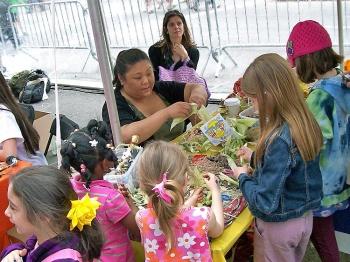English Country Dance in Historic Richmond Town
There is so much more to Staten Island than a pleasant ferry ride. There is considerable local history and the Historic Richmond Town.
FIND HISTORY HERE: The Historic Richmond Town Community Center where English Country Dance classes are held every Wednesday evening. Jean Harris/Getty Images
|Updated:

